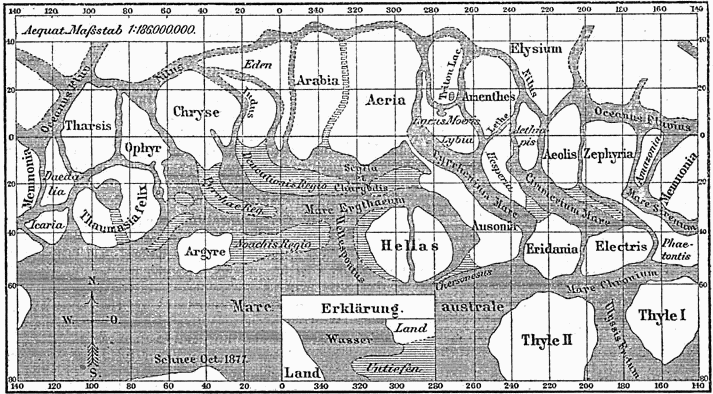Back when I was drawing our names in Mayan hieroglyphs [1], I briefly considered doing the same thing but with Egyptian hieroglyphs. I was ultimately deterred because the rules for writing in Ancient Egyptian are a lot more rigid and I didn't want to have to draw every single glyph that I wanted to use. Furthermore, a full royal name in Egyptian consists of five names. This is called a fivefold titulary or royal protocol.[2] The first name, or Horus Name, is written inside a serekh, which represents the palace. It is called the Horus name because a falcon, the symbol of the Egyptian god Horus, is typically depicted on top of or nearby the serekh. The second name is also called the Nebty Name. Nebty means "two ladies" and refers to two goddesses, Nekhbet and Wadjet, who are heralds of Upper and Lower Egypt, respectively. The nebty name is typically preceded by a symbol that combines the symbols of the two goddesses (a vulture and a cobra) sitting on top of two baskets. The third name, or Golden Horus Name, is usually preceded by the falcon symbol perched on the symbol for gold. The last two names, the Throne Name (or praenomen) and the Personal Name (or nomen; i.e., "birth name") are written inside of cartouches (also called shen rings). The Throne Name is accompanied by the glyphs for a sedge and a bee (implying kingship over both the valley and delta regions of Ancient Egypt) while the Personal Name is accompanied by the glyphs for a duck and the sun (meaning "son/daughter of Ra").
So, what changed? Why am I drawing the Egyptian hieroglyphs now? Well, I noticed that Wikipedia has a script for writing hieroglyphics, so I simply figured out how to use it and then copied the pictures. Let me tell you how it works.
So, what changed? Why am I drawing the Egyptian hieroglyphs now? Well, I noticed that Wikipedia has a script for writing hieroglyphics, so I simply figured out how to use it and then copied the pictures. Let me tell you how it works.


